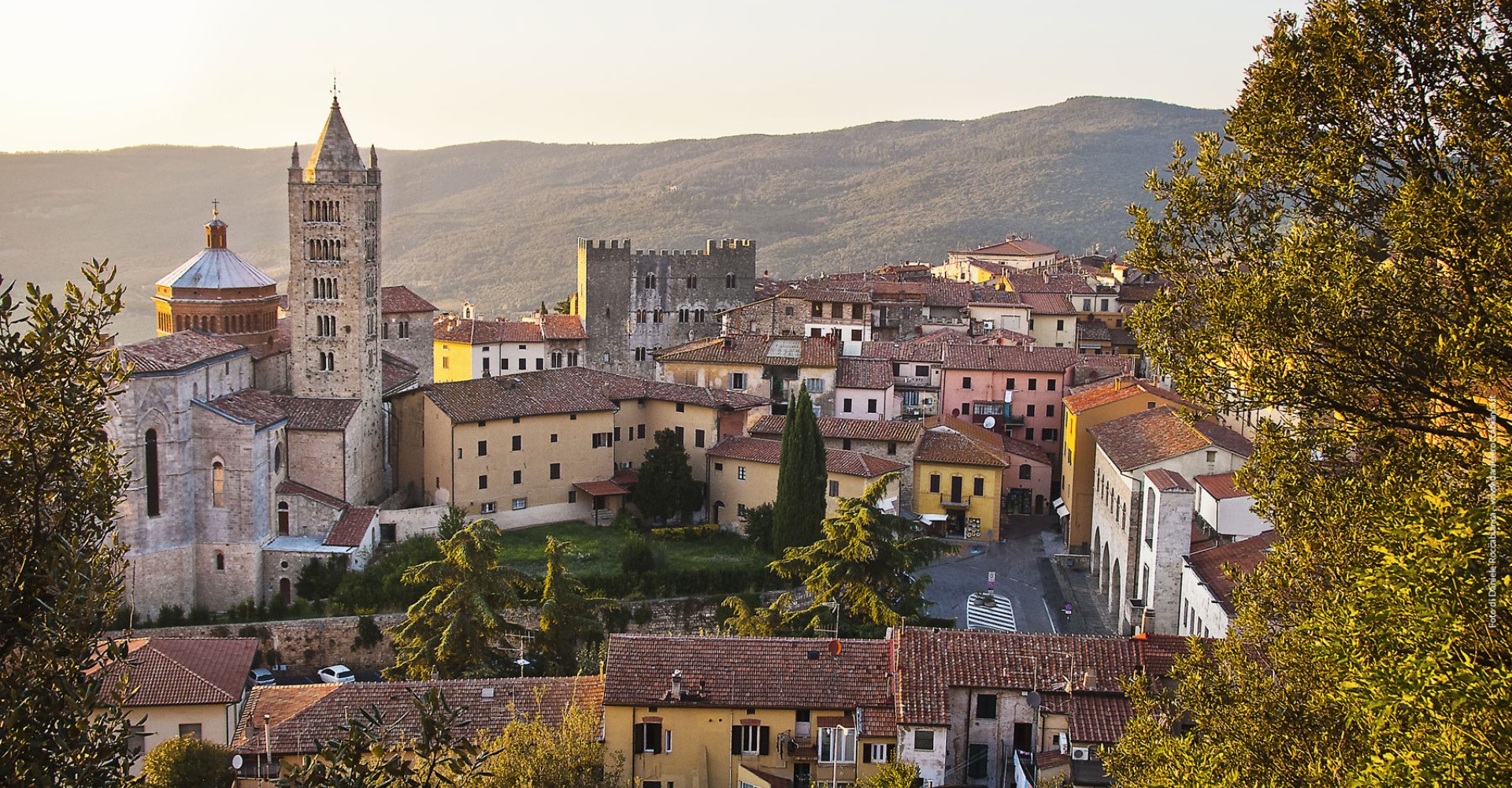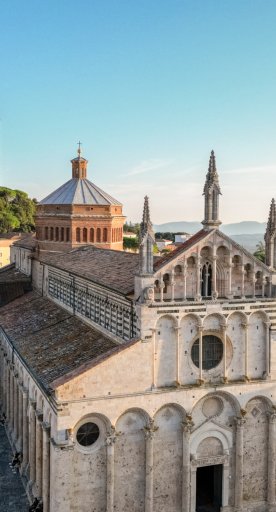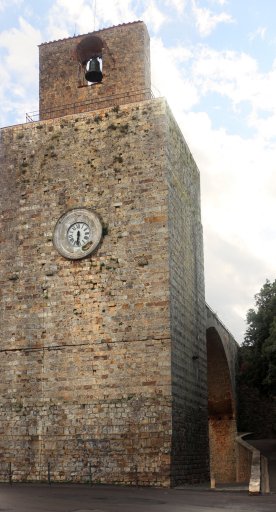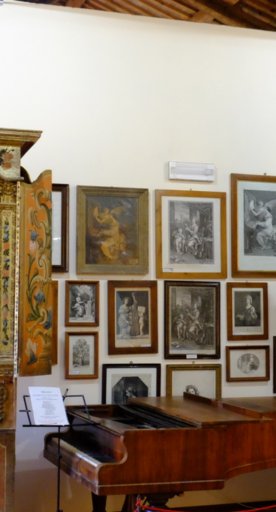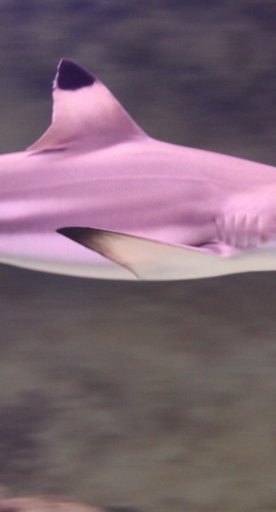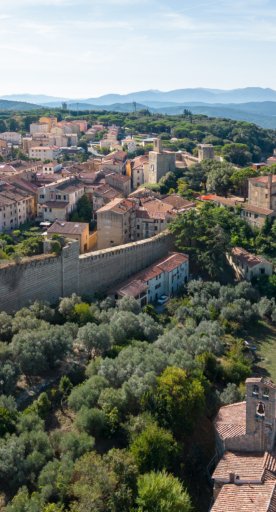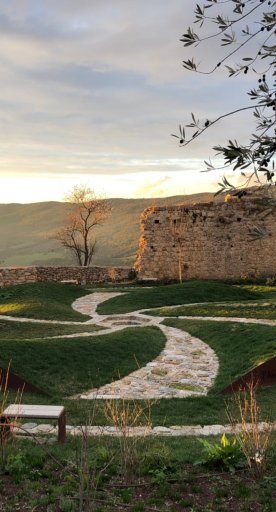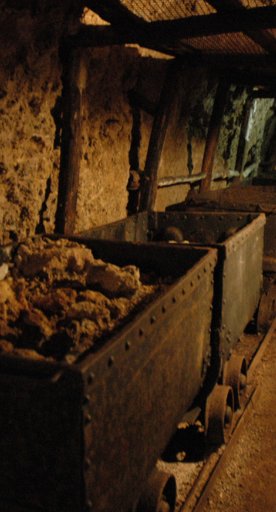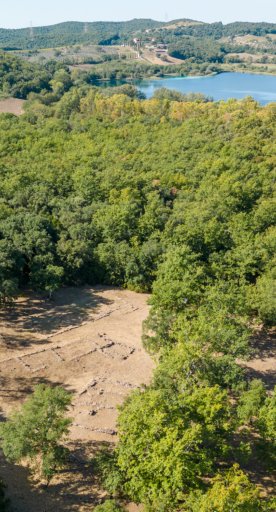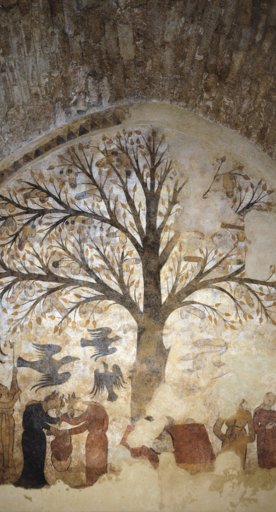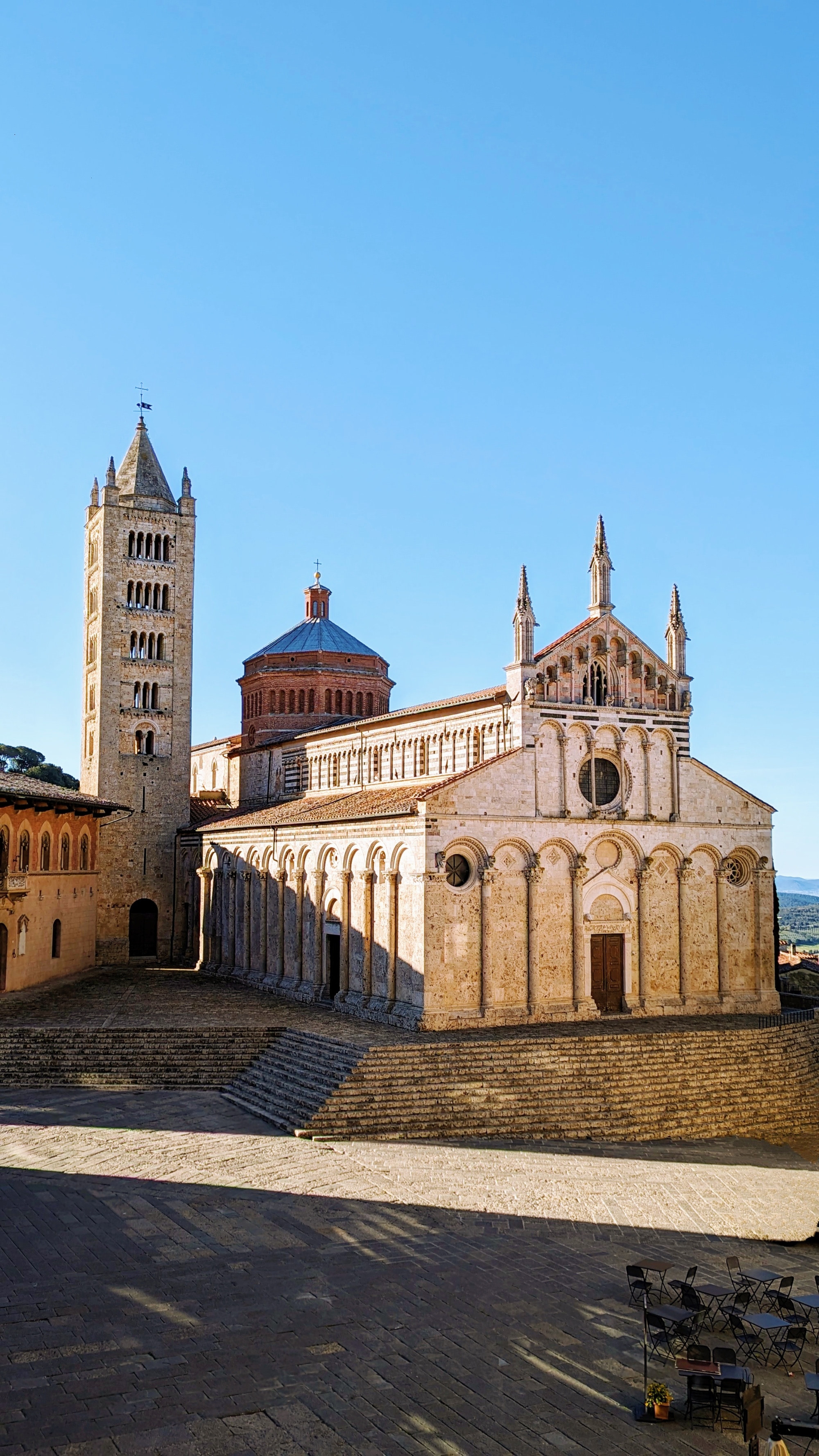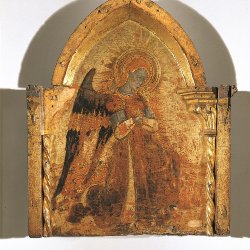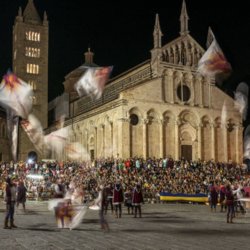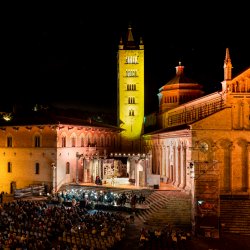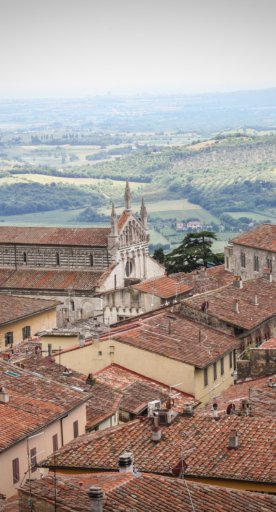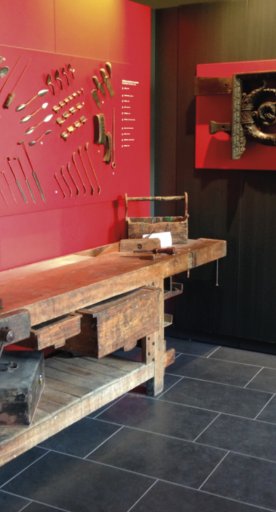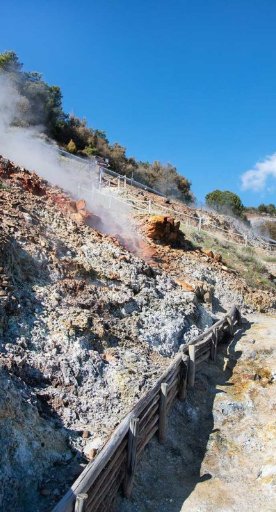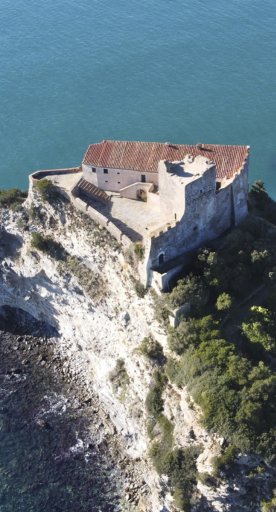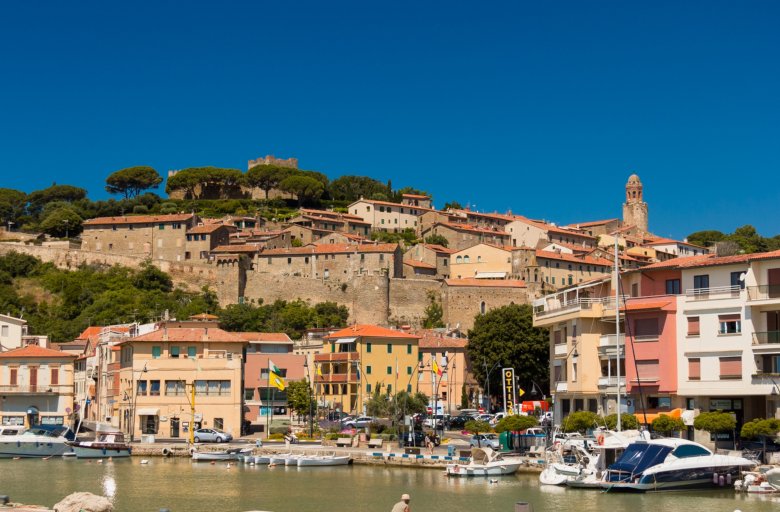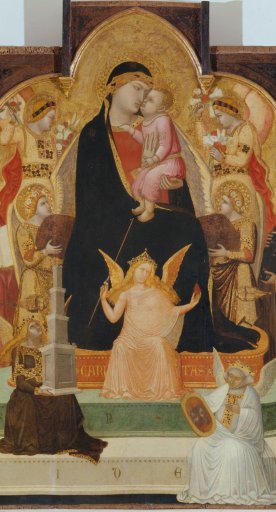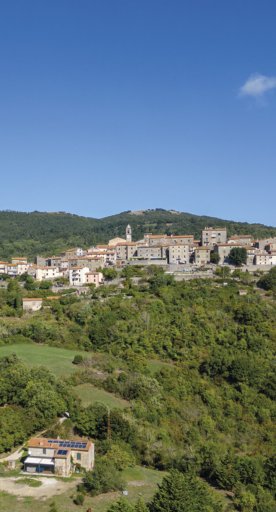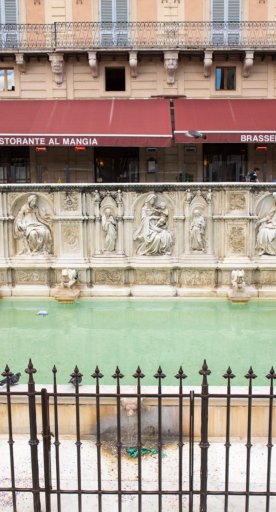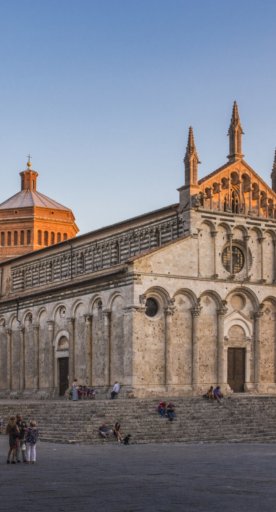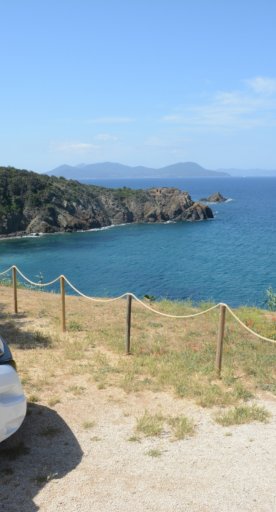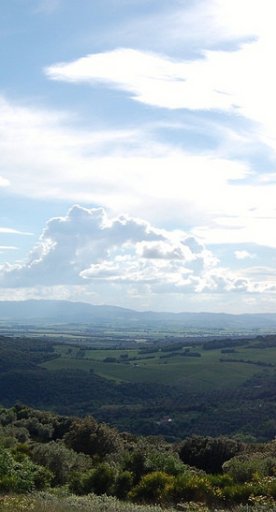Massa Marittima
Medieval village on the Metalliferous hills in the Grosseto hinterland
Nestled on a high and isolated hill at 380 meters above sea level, the historic center of Massa Marittima stands enclosed within a well-preserved city wall.
The town has received the Orange Flag from the Touring Club and features many remnants of its medieval past, even if its origins are probably Etruscan.
The small roads that criss-cross the hill lead to a magical place where the harmony of elements amazes, surprises and brings you to contemplation.
The history of Massa Marittima is closely linked to the silver, copper and pyrite mines of the Metalliferous Hills, exploited since the early metal age and then in the Etruscan and medieval periods. The transfer of the bishop's seat - which was previously in Populonia - was an important factor in the development of the town. With him holding this position, the Castle of Monteregio lead to growth in the area.
Between the 13th and 14th centuries was the period of greatest economic, political, demographic and cultural splendor of the town, thanks to the wealth of the mineral basins. It became a free municipality in 1225.
What to see in Massa Marittima
Looking diagonally out over the extraordinary Piazza Garibaldi is the Cathedral of San Cerbone. The urban planning here is simply brilliant and the effect, as proposed by the church, goes against the usual architectural perspectives. Precisely for this reason, it is entirely unique.
The square in the historic center is surrounded by other important buildings such as the Palazzo del Podestà, the Palazzo del Comune, the Loggia del Mercato, and a little further on the Zecca (Mint).
Also in the center is the unmissable Fonte Pubblica (Public water source), known as the Source of Abundance. During a restoration in 1999, a fresco depicting the Tree of Fertility came to light from beneath a layer of plaster. It depicts a large tree from which twenty-five phallic symbols hang and two women scramble to collect them. According to the main interpretation, the fresco - dated between 1265 and 1335 - had an apotropaic function, that's to say, a good omen that the crops would be abundant.
In the upper part of the town, built during the period of Sienese domination, the mighty fortress of Torre del Candeliere stand tall with the best panoramic view of the area.
In addition to the rich heritage of the historic center, you can visit museums such as that of San Pietro all'Orto, the Archaeological Museum, the Mining Museum and the Antica Falegnameria.
Looking diagonally out over the extraordinary Piazza Garibaldi is the Cathedral of San Cerbone. The urban planning here is simply brilliant and the effect, as proposed by the church, goes against the usual architectural perspectives. Precisely for this reason, it is entirely unique.
The square in the historic center is surrounded by other important buildings such as the Palazzo del Podestà, the Palazzo del Comune, the Loggia del Mercato, and a little further on the Zecca (Mint).
Also in the center is the unmissable Fonte Pubblica (Public water source), known as the Source of Abundance. During a restoration in 1999, a fresco depicting the Tree of Fertility came to light from beneath a layer of plaster. It depicts a large tree from which twenty-five phallic symbols hang and two women scramble to collect them. According to the main interpretation, the fresco - dated between 1265 and 1335 - had an apotropaic function, that's to say, a good omen that the crops would be abundant.
In the upper part of the town, built during the period of Sienese domination, the mighty fortress of Torre del Candeliere stand tall with the best panoramic view of the area.
In addition to the rich heritage of the historic center, you can visit museums such as that of San Pietro all'Orto, the Archaeological Museum, the Mining Museum and the Antica Falegnameria.
Nearby
In the territory of the northern Maremma in the metalliferous hills, you can enjoy many trekking itineraries either on foot, by bike or on horseback, surrounded on all sides by unspoiled nature.
A few km from Massa Marittima, you can visit Monterotondo Marittimo and discover the steam hills of Biancane Park.
In the territory of the northern Maremma in the metalliferous hills, you can enjoy many trekking itineraries either on foot, by bike or on horseback, surrounded on all sides by unspoiled nature.
A few km from Massa Marittima, you can visit Monterotondo Marittimo and discover the steam hills of Biancane Park.
Events
A particularly good time to visit Massa Marittima is in the summer when the town comes alive on the occasion of two significant traditional events: Lirica in the square and the Toscana Foto Festival, which since 1992 has been among the most important Italian events dedicated to photography.
A particularly good time to visit Massa Marittima is in the summer when the town comes alive on the occasion of two significant traditional events: Lirica in the square and the Toscana Foto Festival, which since 1992 has been among the most important Italian events dedicated to photography.
Typical products
Massa Marittima is known for its landscapes but also for its food and wine delicacies. Among the best of its typical products we find wine such as Monteregio DOC and extra virgin olive oil, a symbol of the area.
Massa Marittima is known for its landscapes but also for its food and wine delicacies. Among the best of its typical products we find wine such as Monteregio DOC and extra virgin olive oil, a symbol of the area.
